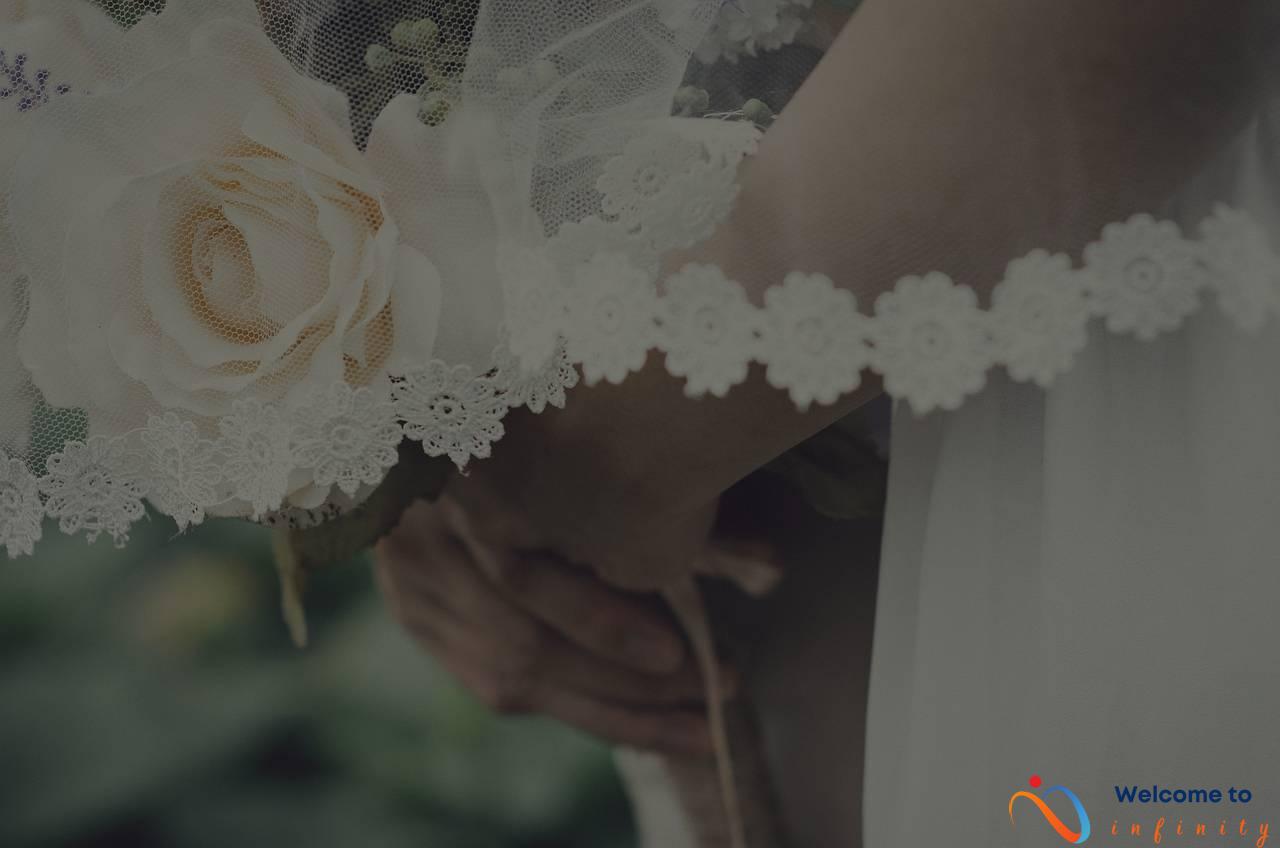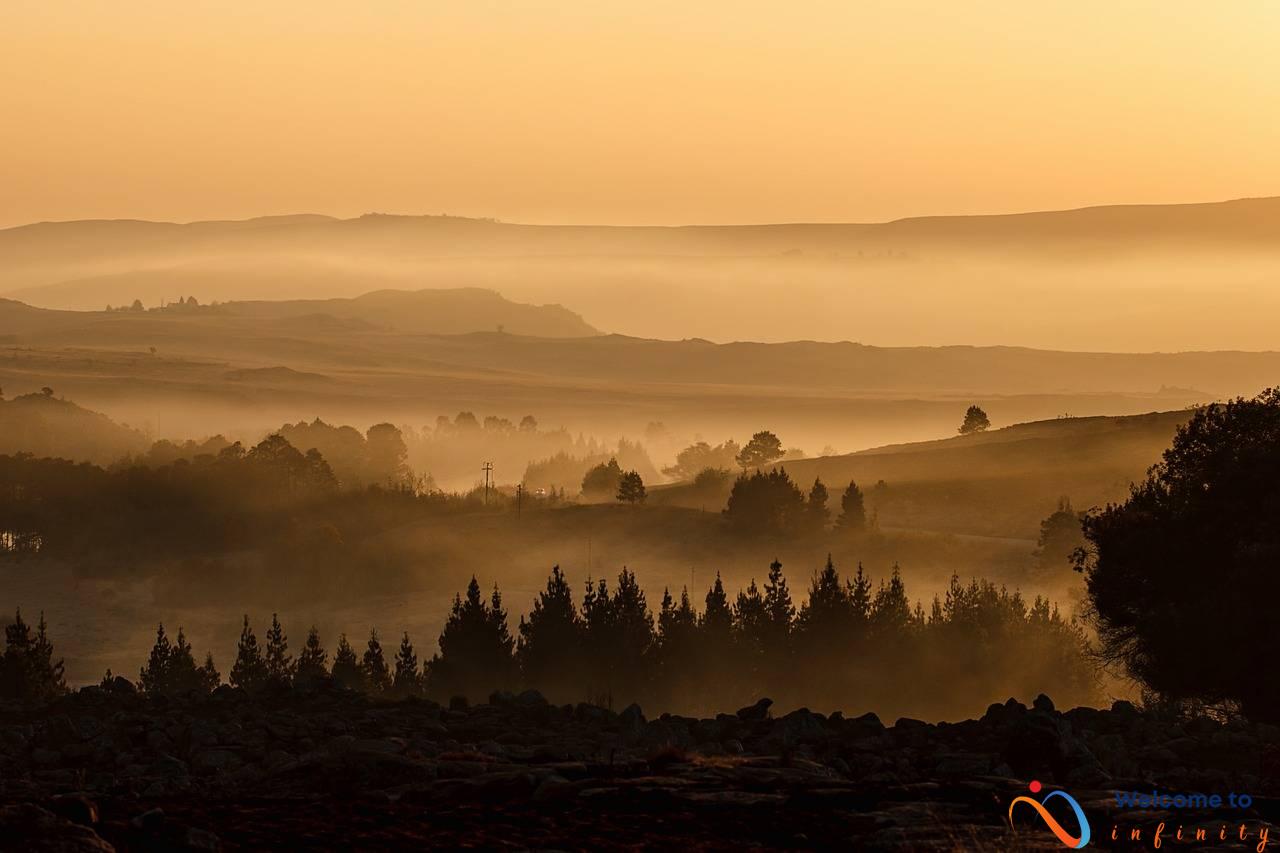Throughout history, tattoos have been a way for people to express their individuality and personal beliefs. In recent years, vintage tattoo art has become increasingly popular as people look for ways to connect with the past and tap into a sense of nostalgia.
There are many elements that define vintage tattoo art, from traditional designs to old-school techniques. The popularity of this style of tattooing has led to a resurgence of interest in classic designs that were popular in the past. Many tattoo artists are incorporating these traditional elements into their work, creating an entirely new genre of tattoo art that is both nostalgic and contemporary.
In addition to being aesthetically pleasing, vintage tattoo art holds a special emotional appeal for many people. These designs often evoke memories of a bygone era, from the fashion and music of the time to the cultural values and customs. Vintage tattoos can serve as a way to connect with the past, expressing a longing for simpler times or a desire to pay homage to the traditions of a particular culture.
- At their core, vintage tattoos are all about nostalgia and sentimentality, tapping into a longing for a simpler, more meaningful time in history. For many people, these designs hold deep personal significance, acting as a reminder of cherished memories or beliefs.
- tradition also plays a significant role in vintage tattoo art. Many traditional designs were popularized by sailors and other travelers who used tattoos to mark their journeys and protect themselves from harm. While some designs may have fallen out of fashion over time, many tattoo enthusiasts see them as a way to pay homage to the past and honor the cultural significance of these designs.
Overall, vintage tattoo art is a powerful way to connect with the past and express one's individuality. Whether you're drawn to the design's aesthetic appeal or the emotional significance of the pieces, there are many reasons to embrace the trend of vintage tattoo art in today's world of permanent ink.
The Trend of Vintage Tattoos
In recent years, vintage tattoo art has seen a resurgence in popularity. This trend is driven by people who are seeking tattoo designs that have nostalgic and sentimental value. Designs that evoke a sense of history, tradition, and authenticity are becoming increasingly popular. Vintage tattoo art is not just limited to specific designs, but also a style of tattooing that emphasizes bold outlines, simple colors, and a clean and sharp look.
There are different styles of vintage tattoos that have been popularized over the years. One of the most popular styles is the Traditional American tattoo, which features bold outlines and vibrant colors. Sailor Jerry is one of the most well-known traditional tattoo artists, and his vintage designs are still popular today. Another popular vintage style is the Japanese tattoo, which features intricate details and shading, and often depicts mythical beasts and traditional Japanese imagery.
The popularity of vintage tattoo art can also be attributed to the rise of social media and the internet. With the ease of sharing images online, people have access to a vast array of tattoo designs from around the world. This has led to a greater appreciation and understanding of vintage tattoo art. The internet has also allowed for greater exposure for tattoo artists who specialize in vintage designs, showcasing their work and inspiring new generations to appreciate this art form.
- Popularity of vintage tattoo art has increased
- Nostalgic and sentimental value is driving this trend
- Traditional American and Japanese tattoo styles are popular
- Easy sharing of images online has helped increase appreciation of vintage tattoo art
- Tattoo artists who specialize in vintage designs are gaining greater exposure
In conclusion, the popularity of vintage tattoos has grown in recent years due to a desire for designs with nostalgic and sentimental value. Different styles of vintage tattoos have gained popularity, and the rise of social media and the internet has allowed for greater exposure and appreciation for this art form. The enduring appeal of vintage tattoo art suggests that it will continue to be a popular and timeless style for years to come.
The Emotional Appeal of Vintage Tattoos
Vintage tattoos have become increasingly popular in recent years, and there are specific reasons why people are so drawn to them. Nostalgia and sentimental reasons often play a significant role. These tattoo designs evoke powerful emotions and memories from the past, making them incredibly personal and meaningful to the individual sporting them.
Many people choose these tattoos as a way to honor their family and ancestors, preserving their memories and heritage. For example, vintage military tattoos are a popular choice for those who want to pay tribute to their family members who served in the armed forces. Others may choose vintage designs that represent cultural traditions they hold dear or remind them of a particular era in history.
Vintage tattoos also hold significance in their traditional designs. These classic designs have been around for decades and often carry specific characteristics, such as sharp lines, bold colors, and heavy shading. They are classic and timeless, making them a lasting and meaningful choice for anyone considering getting a tattoo.
It's important to note that vintage tattoos are not just for older generations, as younger people are also interested in these designs. Many people see vintage tattoos as a way to connect with nostalgia from an era before their time, or an opportunity to embrace their unique and individuality.
Overall, vintage tattoos are a beautiful expression of one's personal journey and history. They evoke strong emotions and memories that remain cherished for a lifetime. As their popularity continues to rise, it's clear that these classic designs will remain relevant and beloved for many years to come.
Nostalgia and Sentimentality
Vintage tattoos are more than just a fashion trend; they evoke strong emotions and memories in many people. Seeing a design that was popular in the past can trigger feelings of nostalgia and sentimentality. This is one of the reasons why vintage tattoo art has gained such popularity in recent years.
For some, the emotional appeal of vintage tattoos is tied to a desire to reconnect with a sense of history and tradition. These designs offer a connection to the past and can evoke memories of loved ones who once had similar tattoos. Others may be drawn to the designs because they represent a simpler time, free of modern technology and distractions.
The sentimentality associated with vintage tattoos can bring people together as well. Many individuals get matching tattoos with loved ones to symbolize a shared connection to a particular design. For others, getting a vintage tattoo is a way to celebrate their heritage or pay homage to a particular subculture.
In addition to the emotional appeal, vintage tattoos can also be aesthetically pleasing. The bold, black lines and bright colors of traditional tattoo designs are iconic and timeless. For some, vintage tattoos represent a rebellion against mainstream culture and a desire to stand out from the crowd.
Whether someone chooses a traditional design or puts their own modern twist on vintage tattoo art, the emotions and memories behind them remain the same. These tattoos offer a connection to the past, symbolize tradition and history, and have enduring appeal for both personal and artistic reasons.
The Significance of Tradition
Traditional tattoo designs have been around for centuries and have consistently remained relevant in the tattooing world. These designs hold importance because they represent the foundations of tattooing and the deep cultural history behind them. Many traditional designs have meanings and stories that have been passed down through generations, making them a symbol of heritage and cultural identity.
The significance of tradition in tattooing is also evident in the techniques used to create these designs. Traditional tattooing methods involve using a manual needle and ink, not electric machines like in modern tattooing. This technique requires immense skill, patience, and precision, making the artist's craftsmanship and attention to detail all the more significant.
Traditional tattoo designs hold a particular appeal for those who value nostalgia and history. They represent a connection to the past and the cultural traditions that have been preserved through the designs. Tattoo enthusiasts who appreciate the rich history and cultural significance of traditional designs seek out these tattoos as a way to honor and pay tribute to those who came before them.
Moreover, traditional tattoo designs often have a timeless quality that transcends passing fads and trends, ensuring their continued relevance and appeal. For example, the classic Sailor Jerry designs of anchors, swallows, and pin-up girls have endured for decades and are still popular today.
In conclusion, the significance of tradition in tattooing cannot be overstated. Traditional tattoo designs are not just aesthetically pleasing but also represent a rich cultural history and heritage that is still relevant today. As tattoo enthusiasts continue to seek out authentic design and craftsmanship, traditional tattooing will no doubt remain an enduring and essential element of the tattooing world.
The Artists Behind the Artwork
When it comes to vintage tattoo art, the artists behind the artwork are as important as the designs themselves. These artists are not only skilled in the art of tattooing but also possess a deep understanding of the history and significance of traditional tattoo designs from the past.
Tattoo artists who specialize in vintage designs often work to recreate classic tattoo designs from a bygone era. They carefully study the styles and techniques of earlier tattoo artists and make use of traditional tools, such as hand-held needles and ink pots, to create authentic designs. These artists may also choose to add their own creative interpretations, such as incorporating modern techniques and colors into vintage designs.
One aspect of vintage tattoo art that sets it apart from other styles is the importance of technique. Tattoo artists who specialize in traditional designs must possess a high level of technical skill, as these designs often incorporate fine details and require precise lines. Attention to detail and the ability to work with a steady hand are also essential for creating high-quality vintage tattoos.
Despite the popularity of vintage tattoo art, there are still relatively few tattoo artists who fully specialize in this style. However, those who do specialize in traditional designs are often highly respected in the tattoo community and may have long waiting lists for their services.
Overall, the work of tattoo artists who specialize in vintage designs is essential to the enduring appeal of traditional tattoo art. These artists not only create beautiful pieces of permanent artwork, but they also help to keep alive the rich history and significance of traditional tattoos from the past.
Creative Interpretation
Vintage tattoo art has become a popular trend in recent years, with many artists and enthusiasts seeking out traditional designs from the past. However, what sets vintage tattoos apart is the creative interpretation that artists bring to the designs. Vintage tattoo art is unique and is reimagined by artists to create personalized and one-of-a-kind tattoo designs.
Artists often inject their own creative flair into traditional designs, giving them a fresh and modern spin. They may add new elements or modify existing ones to better suit their client's preferences. For instance, an artist may incorporate a client's favorite flower into a traditional design or add a personal symbol that holds meaning to them.
Vintage tattoo art is not just about replicating traditional designs but also about incorporating contemporary styles and pop culture references. An artist may reimagine a traditional design by incorporating popular characters or motifs from modern media, which can add a unique touch to the tattoo.
Furthermore, artists specialize in different types of vintage tattoo art, which can vary from the classic Sailor Jerry style to the vibrant colors of the Old School American. Each artist brings their own unique perspective and techniques to the art form, giving clients a wide range of options to choose from.
The creative interpretation of vintage tattoo art plays a significant role in making traditional designs more relevant to modern audiences. It showcases the adaptability and versatility of the art form and ensures that it remains dynamic and not confined to a particular era. With the growing popularity of vintage tattoo art, artists are continuously reimagining and pushing the boundaries of traditional designs, making it an exciting time for enthusiasts of the art form.
The Importance of Technique
Creating a vintage tattoo design is not an easy task. It requires specialized skills and techniques to both create a visually appealing design and make it last for a long time. Tattoo artists who specialize in vintage designs go through extensive training to develop their skills and techniques. They must be able to mimic the design elements of vintage tattoos while ensuring that the tattoo is clean, precise, and high-quality.
Attention to detail is crucial in creating vintage tattoos. Even the smallest mistake can ruin the overall design and affect the longevity of the tattoo. A skilled tattoo artist must be able to choose the right color scheme, create the right line thickness, and draw the design accurately. Specialized techniques such as shading, stippling, and adding depth to the design are also important in creating a vintage look.
Advanced techniques such as noise reduction and color correction are also used in creating vintage tattoos. These techniques ensure that the vintage look is achieved without sacrificing the quality of the tattoo. With the right techniques, the artist can create designs that effectively capture the nostalgia of vintage tattoo art while still maintaining the highest standards of quality.
In addition to technical skills, a tattoo artist must also be patient and meticulous when working on vintage designs. They must be able to take their time to ensure that each element of the design is perfect and that the final product is of the highest quality. For a tattoo artist, creating a vintage tattoo is not just about creating a visually stunning piece of art; it's about preserving the tradition and history of the art form.
In conclusion, creating a vintage tattoo design requires specialized skills, advanced techniques, and a lot of patience and attention to detail. Tattoo artists who specialize in vintage designs are highly skilled and must work hard to ensure that each piece they create is both visually stunning and long-lasting. Those who appreciate the nostalgia and sentimentality of vintage tattoo art will always be drawn to this timeless trend.
The Future of Vintage Tattoos
Vintage tattoo art has gained popularity in recent years and shows no signs of slowing down. It is likely that the trend for vintage tattoos will continue to grow, as more people look for unique and meaningful ways to express themselves through their body art.
As the world becomes more digitized and fast-paced, the appeal of vintage designs and traditional techniques will only increase. People will continue to seek out timeless and classic tattoo designs, such as roses, anchors, and pin-up girls. Additionally, tattoo artists will continue to reinterpret vintage designs in new and creative ways while still maintaining their nostalgic charm.
Vintage tattoos have already proven to be enduring and will continue to be so. The emotional appeal of these designs, the nostalgia, and sentimentality they bring are timeless and will always be relevant. As tattoos become even more mainstream and socially acceptable, vintage tattoos will likely continue to remain as a significant part of the tattoo industry.
Another exciting development that could shape the future of vintage tattoos is the possibility of utilizing advanced technology such as skin grafts to create tattoos that are even more realistic and long-lasting. This breakthrough means that vintage tattoos might soon have the potential to become even more intricate and detailed in the future.
Most importantly, the future of vintage tattoos is sure to include a growing number of dedicated artists who specialize in this classic style. With a focus on quality, technique, and personal expression, these tattoo artists will continue to preserve the rich tradition of vintage tattoos for generations to come.








